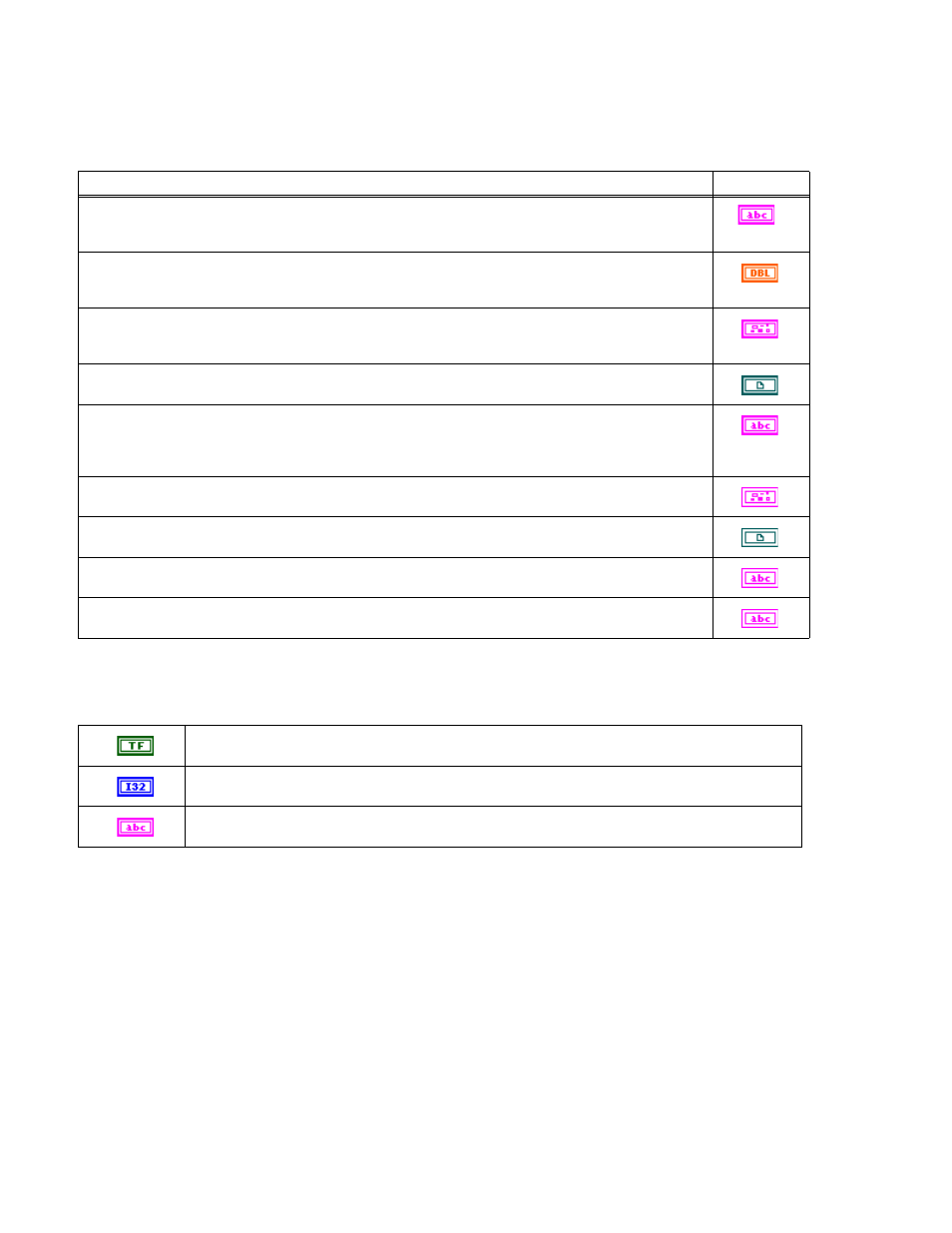Table 4-3. error (or explain warning) codes, 3 block diagram description, Block diagram description -4 – KEPCO KLR Series Developers Guide User Manual
Page 46: Error (or explain warning) codes -4

4-4
KLR-DEV 060713
4.4.1.3
BLOCK DIAGRAM DESCRIPTION
Figure 4-2 shows that the level input is converted to a string that is compatible with the power
supply, floating with 5 places to the right of the decimal (%.5f). Then, using the VISA write func-
tion, the string is sent to the power supply. The case statement in the middle of Figure 4-2
shows that all Kepco power supplies support this same functionality.
TABLE 4-2. KepcoDCPwr Configure Voltage Level.vi INPUT/OUTPUT DESCRIPTIONS
DESCRIPTION
SYMBOL
channel name - (“”) Passes the name of the channel on which to configure the voltage level. It is not required for
most supplies and is provided for compatibility.
Valid Channel Names: 1 - 27
Default Value: “”
level (0.0 volts) - Passes the DC voltage the power supply is to generate. The driver uses this value to set the
Voltage Level. The level is not checked by the driver function but is checked by the KLR or power supply.
Default Value: 0.0 volts
error in (no error) - The error in cluster can accept error information wired from VI’s previously called. Use this
information to decide if any functionality should be bypassed in the event of errors from other VI’s. The pop-up
option Error (or Explain Warning) gives more information about the error displayed (see Table 4-3).
VISA Session - The ViSession handle is obtained from the KepcoDCPwr Init or KepcoDCPwr InitWithOptions
function. The handle identifies a particular instrument session. Default Value: None
Model In - Model In is the type of Kepco power supply. This defines the capabilities and requirements in other
Kepco functions to insure proper operation of the command. This function works on All Kepco power Supplies:
BOP-HP, BOP-LP, KLR, STANDARD, MULTI and MULTI_PLUS. The MULTI type power supplies require a chan-
nel number to operate correctly. The constant is created by the Recognize Kepco model utility.
error out - The error out cluster passes error or warning information out of a VI to be used by other VI’s. The pop-
up option Explain Error (or Explain Warning) gives more information about the error displayed (see Table 4-3).
VISA Session Out - The ViSession handle is obtained from the KepcoDCPwr Init or KepcoDCPwr InitWithOp-
tions function. The handle identifies a particular instrument session. Default Value: None
Model Out - The Model Out handle is obtained from the KepcoDCPwr Init or KepcoDCPwr InitWithOptions func-
tion. The handle identifies a particular instrument. Default Value: None
channel name out - (“”) Passes the name of the channel on which to configure the OVP limit.
Valid Channel Names: 1-27; Default Value: “”
TABLE 4-3. ERROR (OR EXPLAIN WARNING) CODES
status - The boolean is either TRUE (X) for an error, or FALSE (check mark) for no error or a warning. The
pop-up option Explain Error (or Explain Warning) gives more information about the error displayed.
code - The code input identifies the error or warning. The pop-up option Explain Error (or Explain Warning)
gives more information about the error displayed.
source - The string describes the origin of the error or warning. The pop-up option Explain Error (or Explain
Warning) gives more information about the error displayed.
